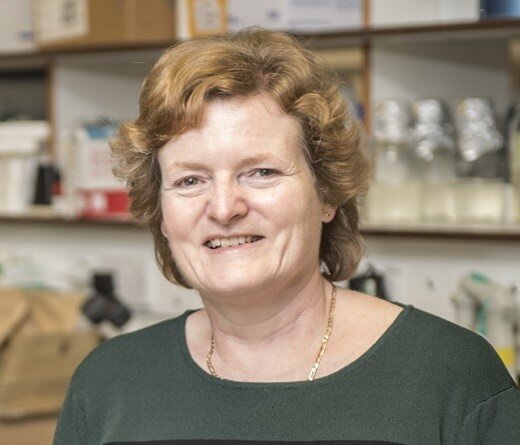Twitter
I am a chemist, with a background in natural product total synthesis, medicinal chemistry, and pharmacy. In the Osbourn group we are interested in plant secondary metabolites, and this places us at the very interface between biology and chemistry. I bring expertise in small organic molecule extraction, purification, and structural characterisation. This strengthens the group’s ability to functionally characterise biosynthetic enzymes; something which is important for many areas of research within the Osbourn lab. As such, I am involved in a number of different projects.
My main focus is on the application of transient expression in Nicotiana benthamiana towards the preparative production of high value triterpenes. I have been heavily involved in platform and method development, improving both the efficiency and scalability of procedures used within the group. I have also demonstrated the preparative utility of this platform by producing triterpenes on the gram scale.
As a medicinal chemist I am interested in applying these techniques to engineer chemical diversity, and to explore the structure activity relationships of bioactive triterpenes. I have been involved in isolating and characterising several novel triterpenes structures arising from co-expression of ‘un-natural’ combinations of biosynthetic enzymes. In addition, I have solved the structure of a number of novel and usual triterpene scaffolds, produced by oxidosqualene cyclases under investigation within the group. It would seem that despite the huge number of unique triterpene scaffolds already reported from many decades of natural product isolation, there is still a wealth of novel chemistry to be discovered, and that its discovery can be accelerated by utilising synergy between bioinformatives, synthetic biology, and chemistry.
In addition to my research, I also take a keen interest in public engagement. I have been involved in several outreach events where we attempt to present concepts in synthetic biology and chemistry in an assessable and ‘hands on’ way.















